Javanese-English Translator - Javanese to English Instant Translations
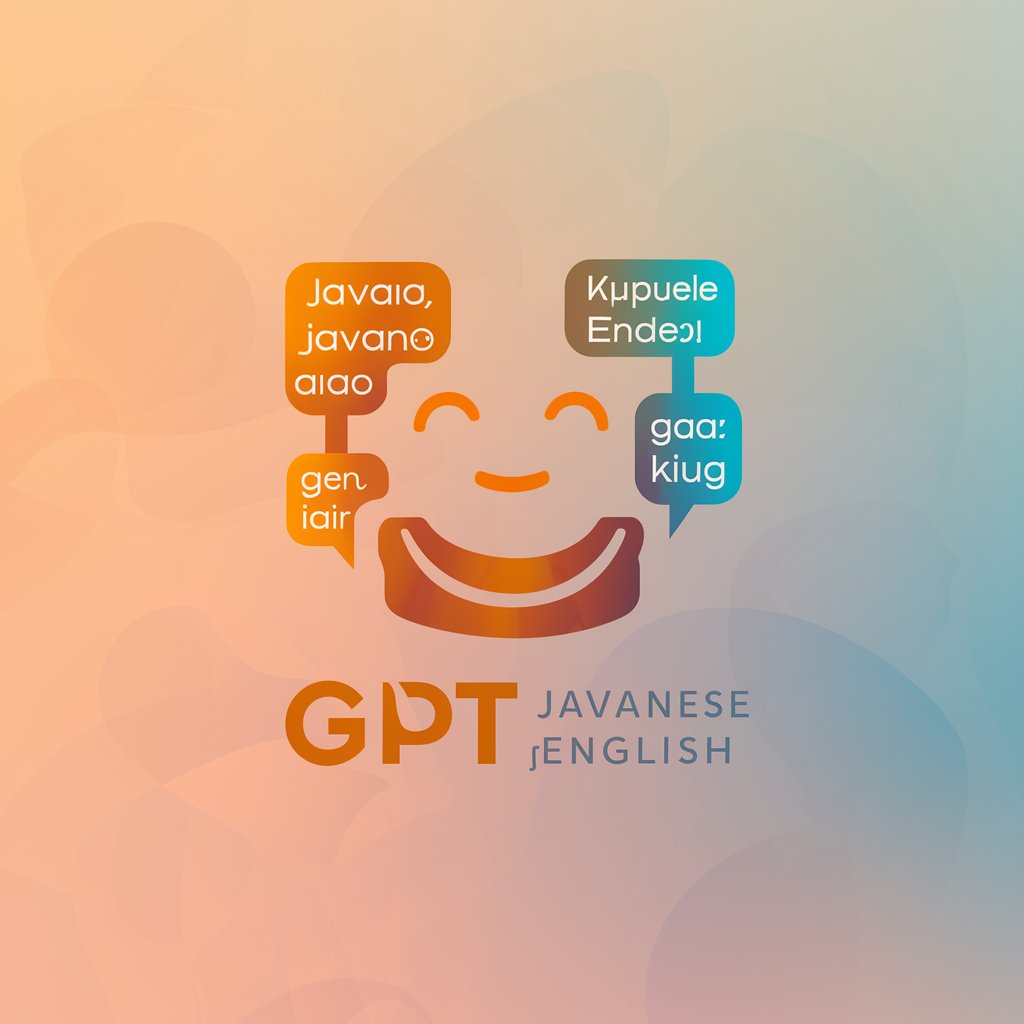
Hi there! Ready to translate some Javanese and English?
Bridging Cultures with AI-powered Translations
How do you say 'Good morning' in Javanese?
Can you translate 'Thank you very much' into Javanese?
What's the Javanese word for 'family'?
Please translate this sentence to English: 'Aku tresna sampeyan'.
Get Embed Code
Overview of Javanese-English Translator
The Javanese-English Translator is designed to bridge the language gap between speakers of Javanese and English by providing accurate, culturally sensitive translations of everyday conversational phrases. Its primary goal is to facilitate clear communication, ensuring that the essence and nuance of the original message are preserved. This tool is particularly focused on simplifying the translation process by avoiding complex linguistic structures and idiomatic expressions that can be challenging for non-native speakers to understand. For example, if a user wants to know how to express gratitude in Javanese, the translator would provide the Javanese equivalent of 'Thank you' which is 'Matur nuwun', along with context or usage notes if necessary. Powered by ChatGPT-4o。

Core Functions and Use Cases
Direct Translation
Example
Translating 'How are you?' from English to Javanese to get 'Piye kabare?'
Scenario
Used in everyday conversations, helping users to communicate basic questions and responses across languages.
Cultural Sensitivity
Example
Explaining the use of 'Sampeyan' versus 'Kowe' in Javanese to address someone respectfully.
Scenario
Guiding users on appropriate terms of address based on the social context, enhancing respectful cross-cultural communication.
Simplified Communication
Example
Translating complex phrases into simpler ones, making it easier for non-native speakers to understand.
Scenario
Assisting users in understanding or conveying messages without the barrier of complex language structures or idiomatic expressions.
Target User Groups
Travelers and Expatriates
Individuals visiting or living in Javanese-speaking regions who wish to communicate effectively with locals for daily interactions, understanding cultural norms, and navigating their new environment.
Language Learners
Students and enthusiasts learning Javanese or English who seek to practice their language skills, understand cultural nuances, and enhance their conversational abilities.
Business Professionals
Professionals engaging in cross-border trade or collaboration with Javanese-speaking partners who need to communicate effectively in both written and verbal forms.

How to Use the Javanese-English Translator
1
Start by visiting yeschat.ai to access a free trial, no login or ChatGPT Plus required.
2
Choose the Javanese-English translation option from the available tools on the dashboard.
3
Enter your Javanese text in the provided text box. You can type or paste the text you wish to translate.
4
Click the 'Translate' button to receive your English translation instantly.
5
For optimal results, provide context or specify the tone (formal/informal) if necessary, especially for phrases with multiple meanings.
Try other advanced and practical GPTs
Turkish-English Translator
Bridging Languages with AI

Russian-English Translator
Seamless Russian-English translations powered by AI

Japanese-English Translator
AI-powered, culture-sensitive translations at your fingertips.

English-Romanian Translator
Translate casually, powered by AI

English-Dutch Translator
Seamless English-Dutch AI-powered translations.

English-Indonesian Translator
Seamless AI-powered language translation
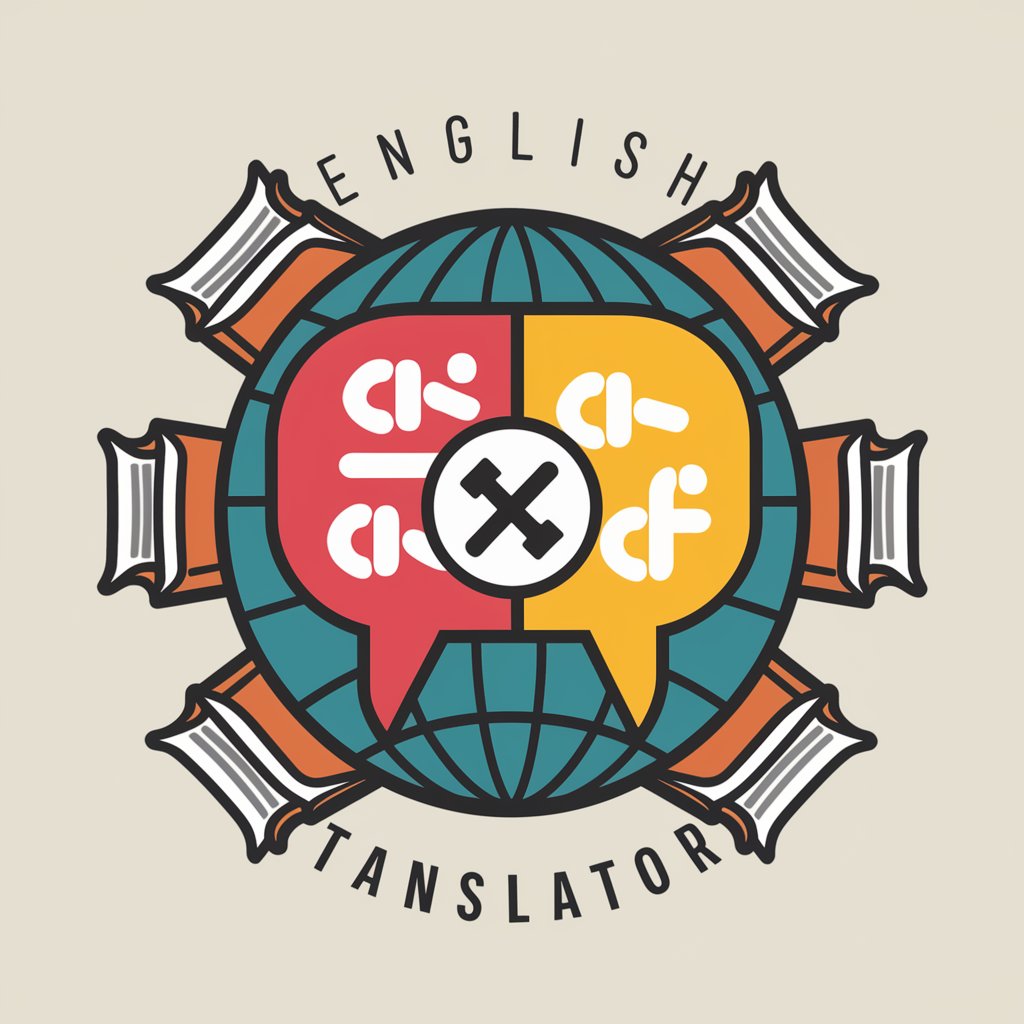
Punjabi-English Translator
Bridging Languages with AI Power
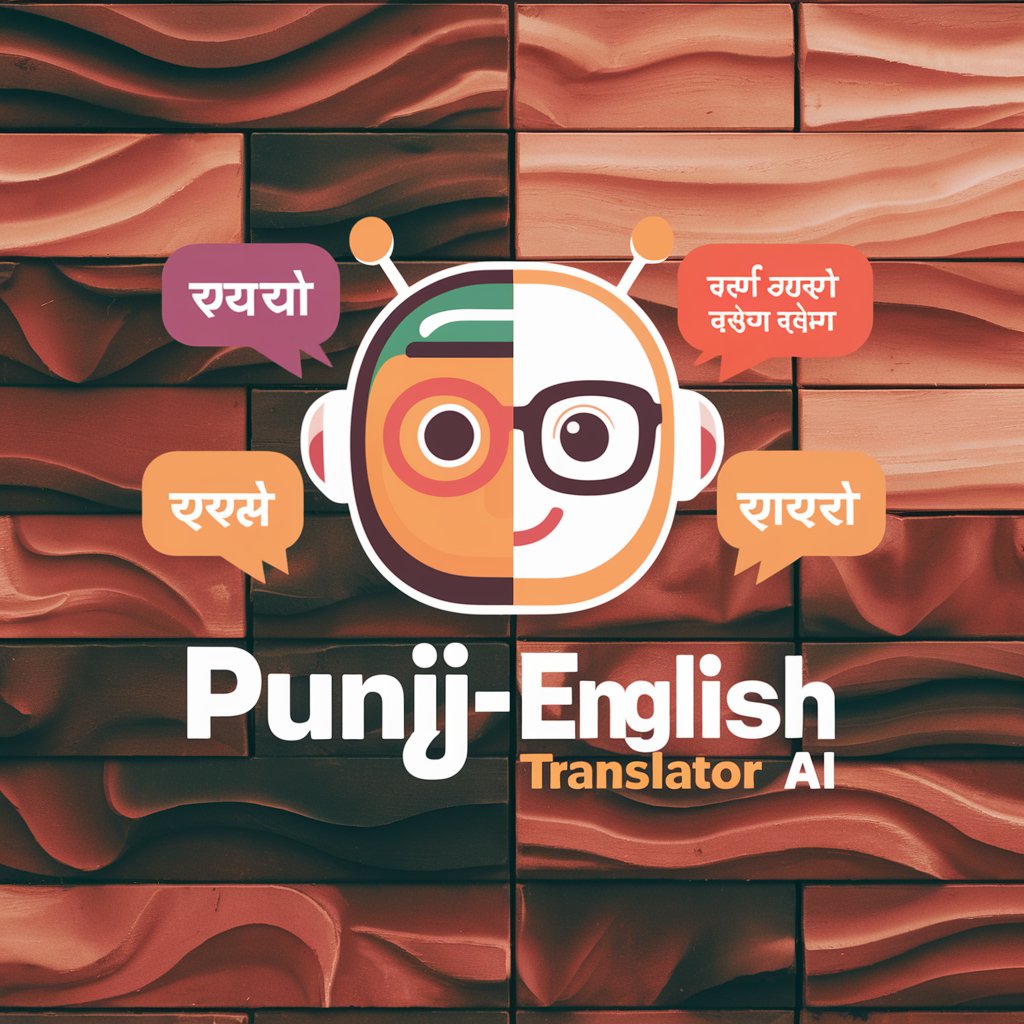
Hindi-English Translator
Seamless Hindi to English translations, powered by AI.
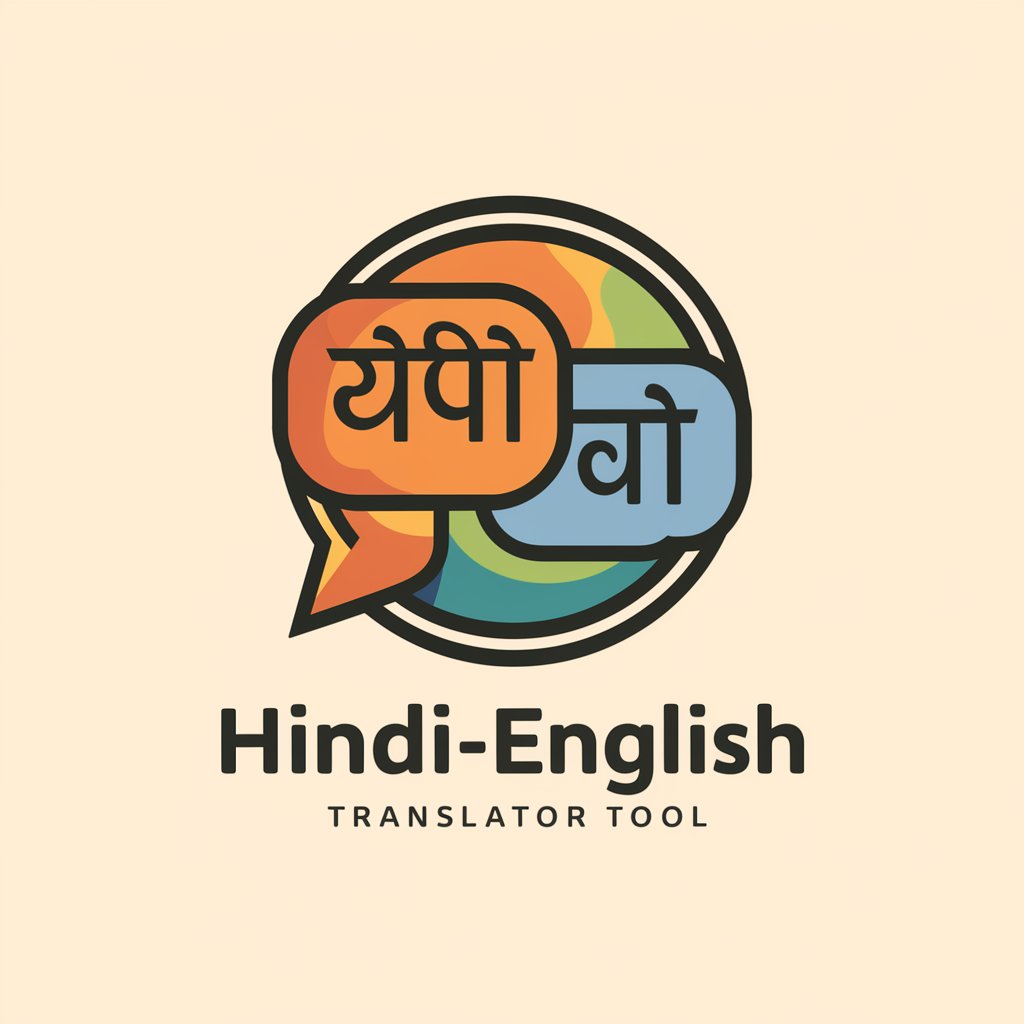
English-Javanese Translator
Bridging Languages with AI Power
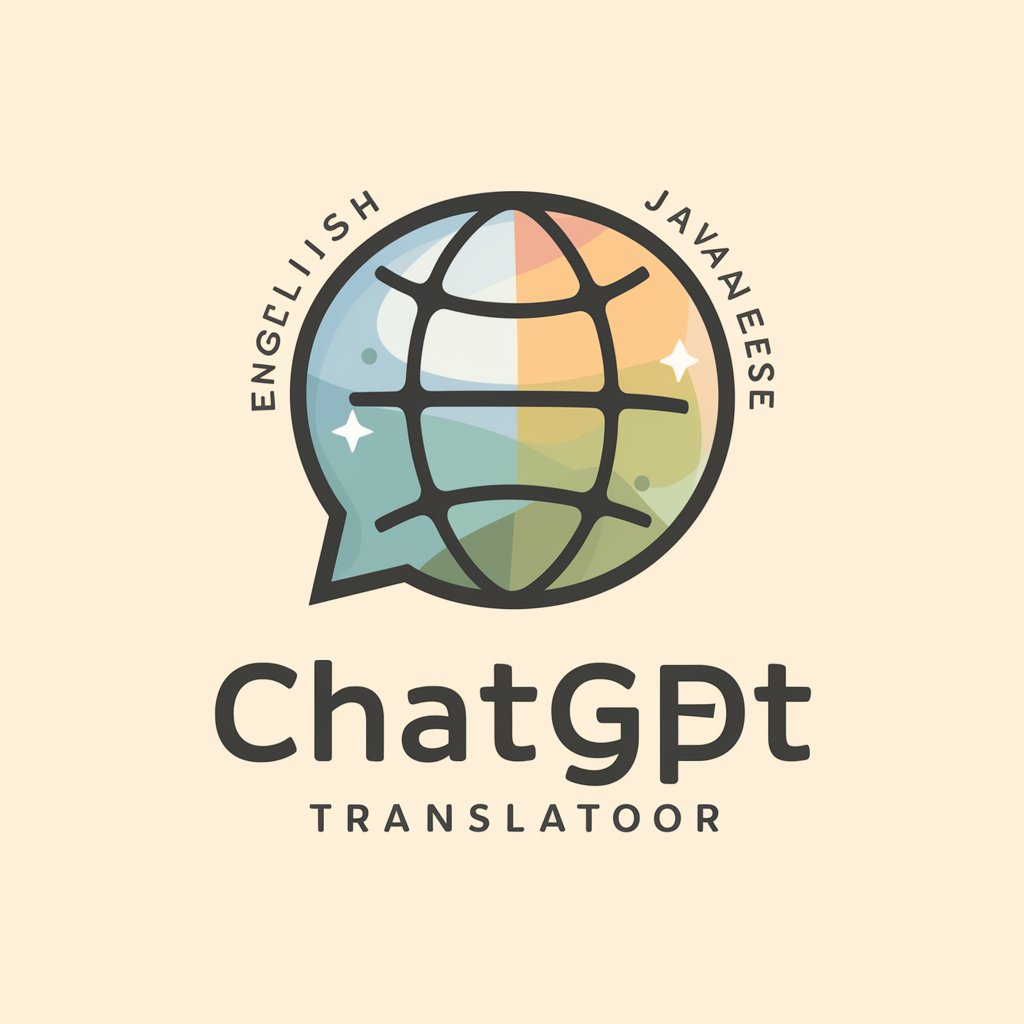
Mandarin Chinese-English Translator
Bridging Languages with AI Precision

The Guitar Song meaning?
Unlock the stories behind guitar music.

Twinkle, Twinkle Lucky Star meaning?
Illuminate Your Ideas with AI

Frequently Asked Questions about Javanese-English Translator
Can the Javanese-English Translator handle slang or regional dialects?
Yes, it can translate common slang and regional dialects. However, for best accuracy, providing context or specifying the region can help.
Is the translator suitable for translating formal documents?
Yes, it's designed to handle a variety of texts, including formal documents. Specify the formal tone to ensure the translation matches the desired level of formality.
How accurate are the translations?
The translations are highly accurate for standard language use. Accuracy may vary with slang, idioms, or highly contextual phrases.
Can I use this tool for learning Javanese or English?
Absolutely. It's a great resource for language learners, providing immediate translations that can help with vocabulary building and comprehension.
Are there any limitations on the length of text I can translate?
There might be limitations based on the platform's policies. For longer texts, consider breaking them into smaller segments for translation.
